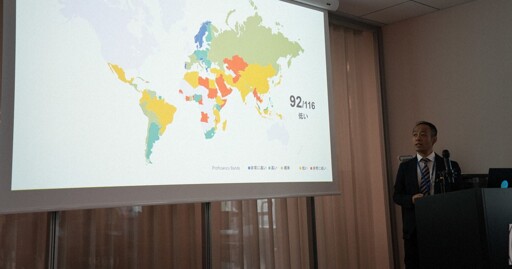Summary
Japan’s English proficiency ranking dropped to 92nd out of 116 countries, the lowest ever recorded.
The decline is attributed to stagnant English proficiency among young people, particularly due to the COVID-19 pandemic.
The Netherlands ranked first, followed by European countries, while the Philippines and Malaysia ranked 22nd and 26th, respectively.



Having learned both english and now in the process of learning Japanese, katakana English is so confusing sometimes. It’s kind of correct when you don’t think about what’s actually written, but you sometimes have to think long to understand that an エアコン (eakon) is just an air con(dition).
True. Also doesn’t help when you sometimes mix up シ(shi) and ツ (tsu) because the font (or someone else’s handwriting) makes them look very similar.
Alignment/starting position is the key. The "-like strokes in shi are left-aligned, the "-like ones in tsu are top-aligned. Same for ‘so’ and ‘n’. This is why people talk about stroke order being important (although in this case it’s not simply the order).
It gets easier and I agree with saying it aloud. Once you start getting used to patterns, you can decipher them more easily (at least the ones from a language you speak). Remember no diphthongs and each syllable gets one beat.
My pet theory is that it’s also how the infamous “No Smorking” Engrish came about in reverse. The ‘o’ in smoking tends to sound long and a lot of times words that sound like that to the Japanese from English will be (long-sounding vowel)+r.